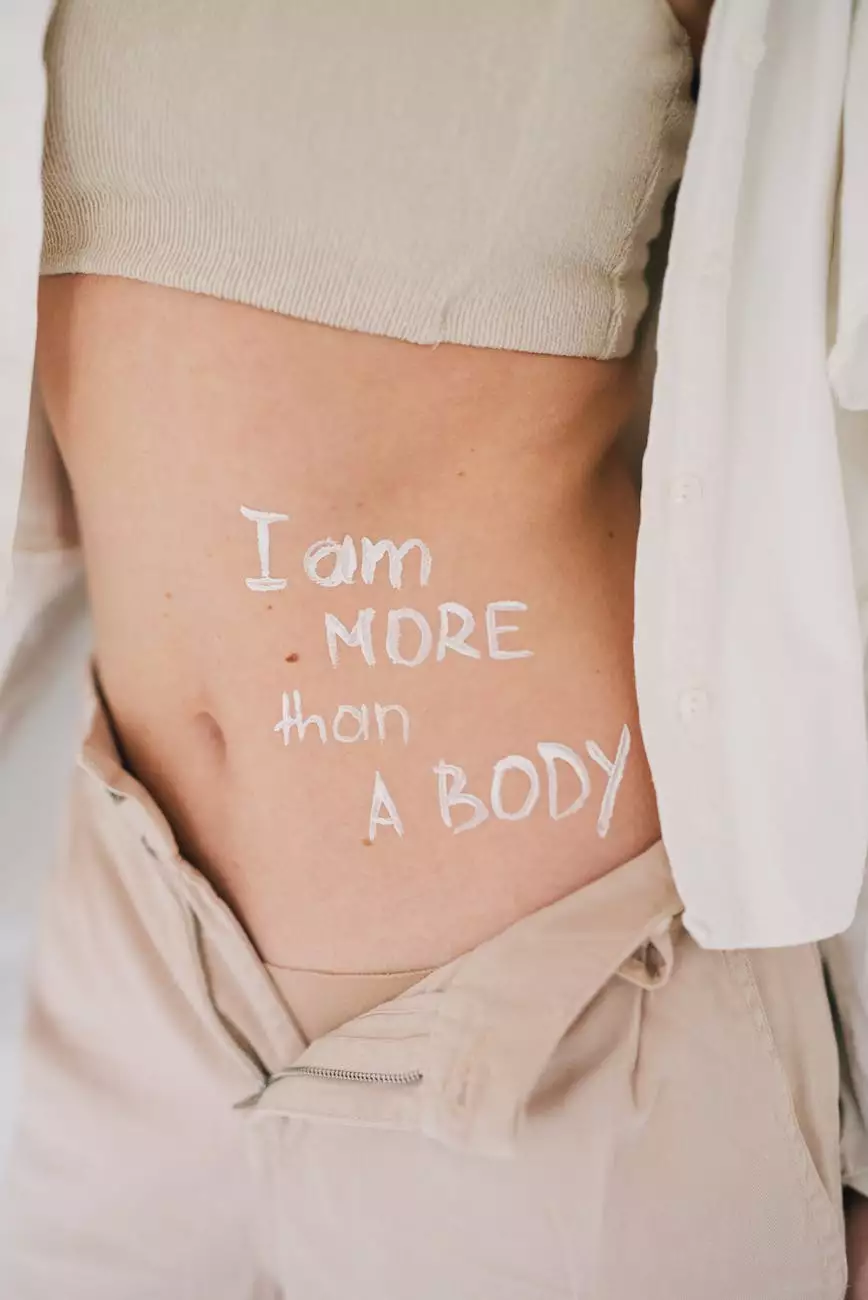Confusing Adjectives With Adverb Forms
English Grammar Lessons
Introduction
Welcome to NJCLT's comprehensive English grammar lesson on confusing adjectives with adverb forms. In this detailed guide, we will explore the differences between adjectives and their corresponding adverb forms. Understanding these distinctions will enhance your language skills and allow you to express yourself more precisely.
Adjective vs. Adverb
Firstly, let's clarify the difference between adjectives and adverbs. Adjectives are words that describe or modify nouns or pronouns. They provide additional information about the quality, state, or characteristic of the noun they modify. On the other hand, adverbs modify verbs, adjectives, and other adverbs, indicating how, when, where, or to what extent an action is performed.
Confusing Adjectives and Adverb Forms
1. Good vs. Well
The adjective "good" is used to describe nouns, while the adverb "well" is used to describe verbs or the manner in which something is done. For example:
- She is a good swimmer. (Describing the noun)
- She swims well. (Describing the verb)
2. Fast vs. Fast
Here's where it gets a bit trickier. Both "fast" and "fast" can be used as an adjective and an adverb, but with different meanings. As an adjective, "fast" refers to the speed or quickness of something. As an adverb, "fast" indicates that someone is not eating for a certain period of time:
- The fast car zoomed down the highway. (Adjective, describing the car's speed)
- He decided to fast for religious reasons. (Adverb, indicating not eating)
3. Hard vs. Hard
Similar to "fast," "hard" can function both as an adjective and an adverb. As an adjective, "hard" denotes something solid or difficult. As an adverb, "hard" describes the manner or intensity of an action:
- The table surface is made of hard oakwood. (Adjective, describing the material)
- She studied hard for the exam. (Adverb, describing the intensity of studying)
Common Mistakes to Avoid
Understanding the differences between adjectives and adverb forms can help you avoid some common language errors:
1. Placing Adjectives instead of Adverbs
One of the most common mistakes is using adjectives instead of adverbs to describe verbs. For example:
- Incorrect: She danced good. (Adjective)
- Correct: She danced well. (Adverb)
2. Mixing Up Adjectives and Adverbs in Comparative Forms
Comparative forms of adjectives and adverbs require slight modifications. Take a look:
- Incorrect: He runs faster than me quick. (Mixing up adjective and adverb)
- Correct: He runs faster than me. (Using adverb form correctly)
Conclusion
Congratulations! You've now gained a comprehensive understanding of confusing adjectives with adverb forms. By employing adjectives and adverb forms correctly, you can express yourself with greater clarity. Remember to pay attention to the context and function of the word to determine whether an adjective or adverb is needed. Keep practicing to polish your language skills and become an even more proficient English speaker!
For further English lessons and grammar guides, explore the NJCLT website.










